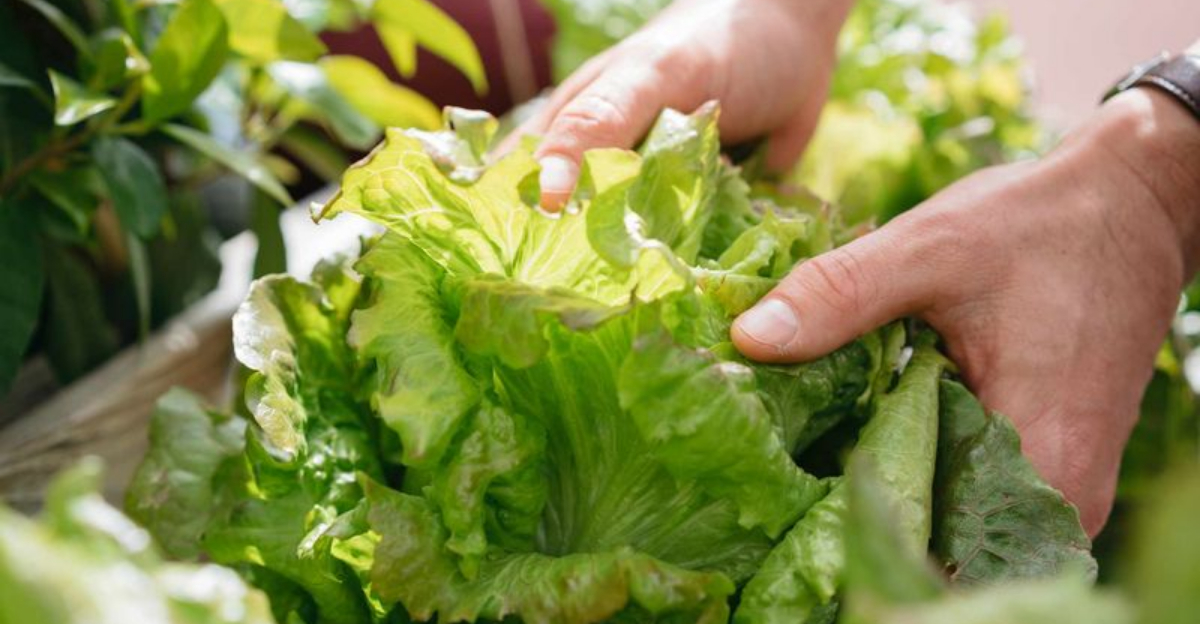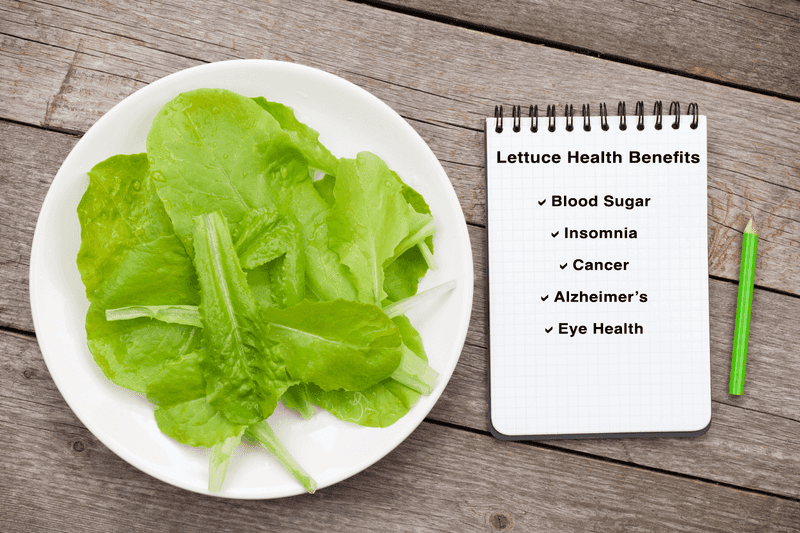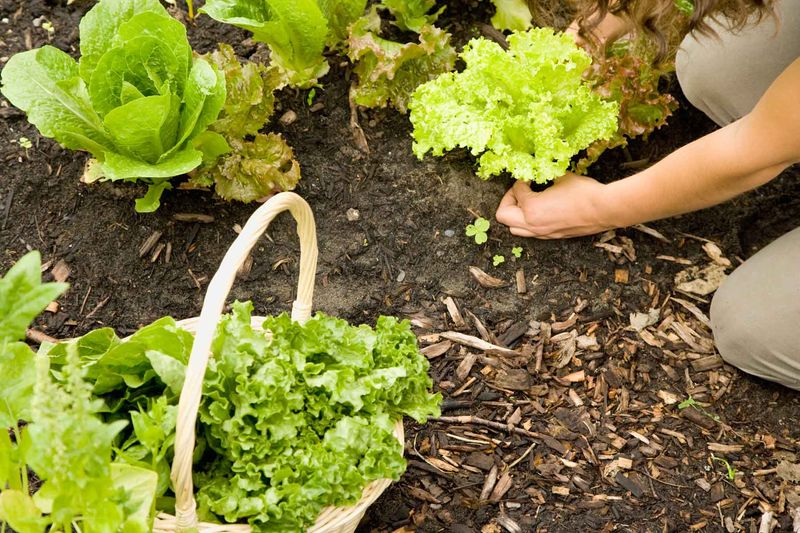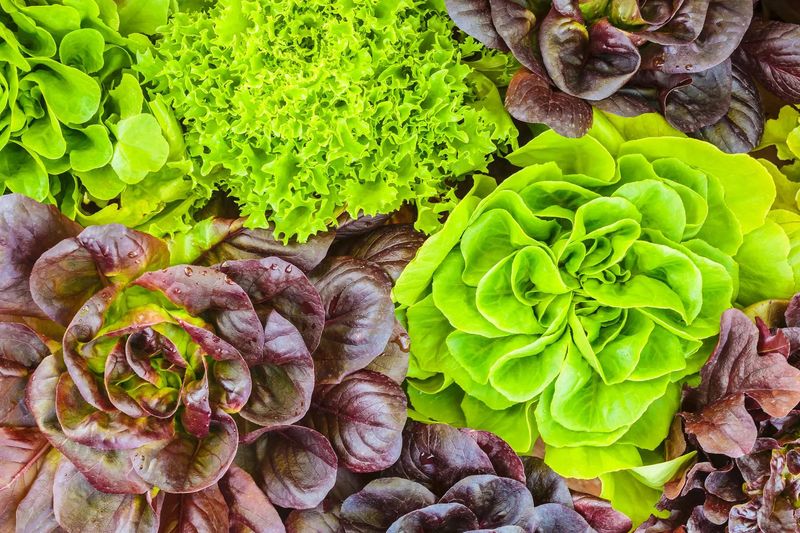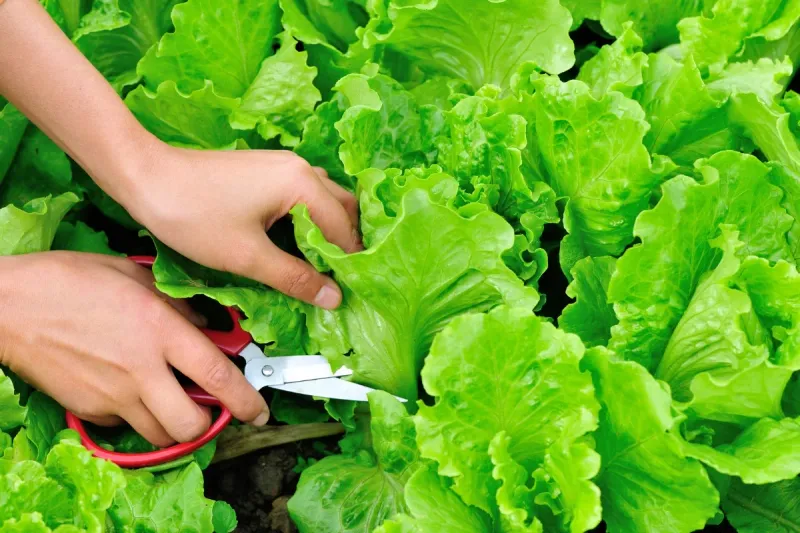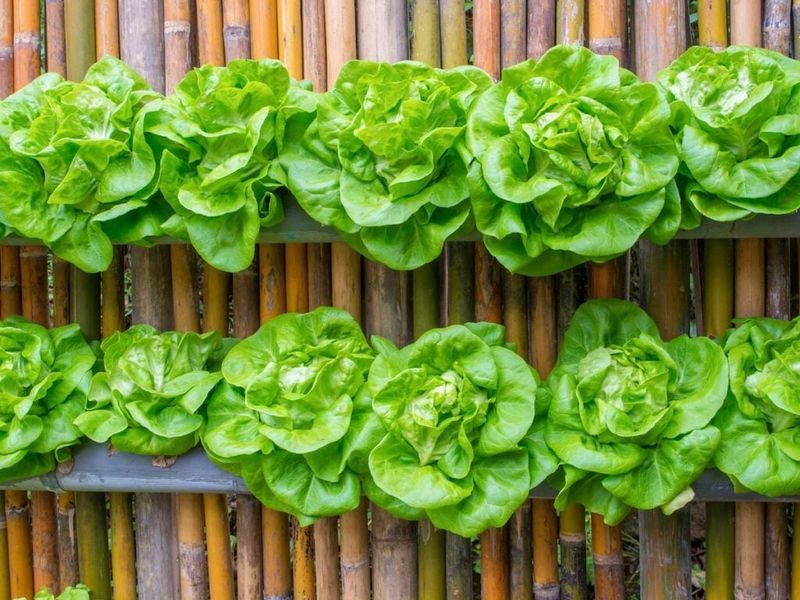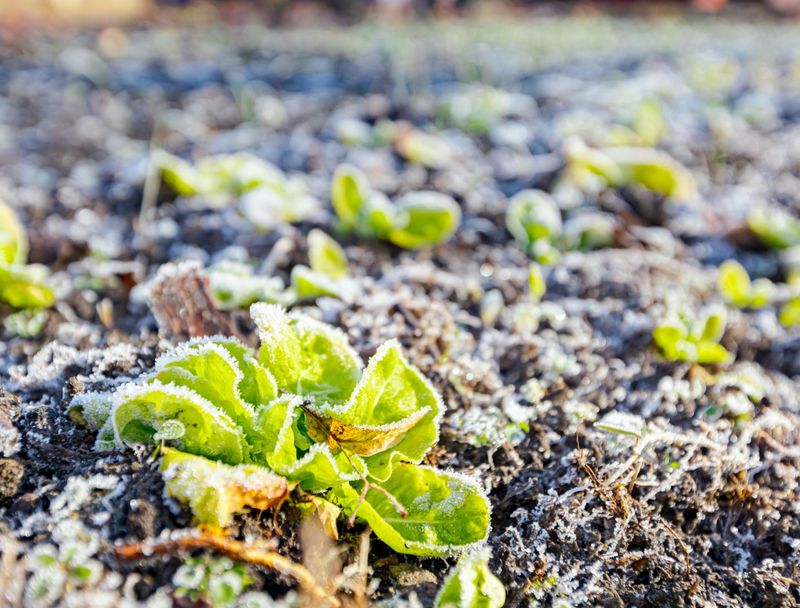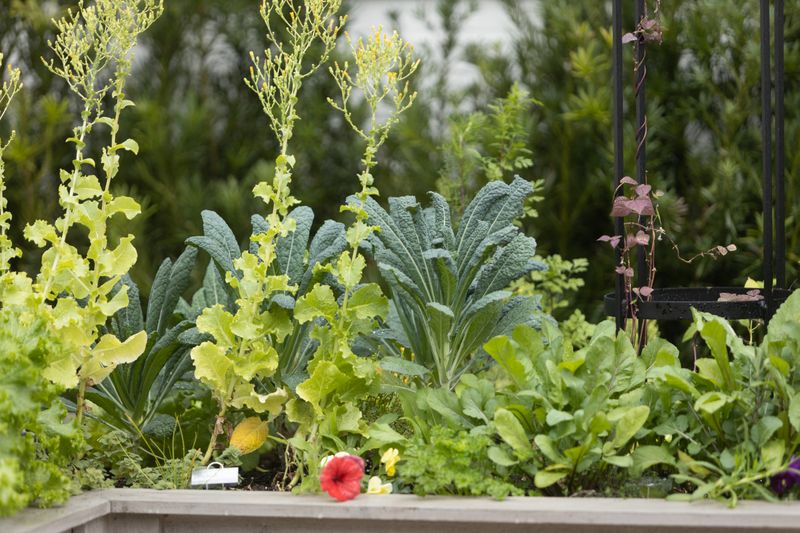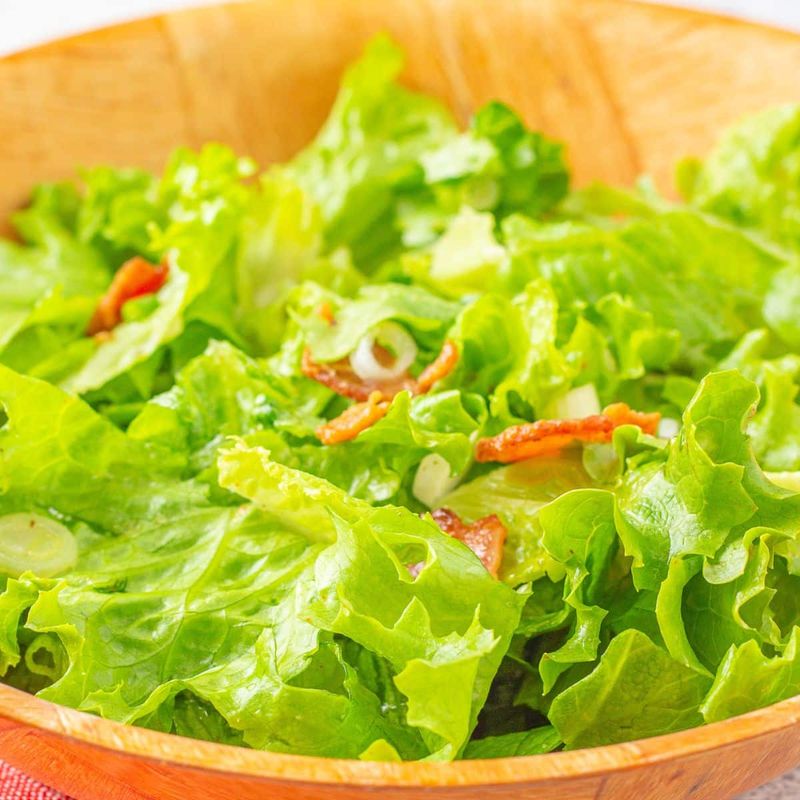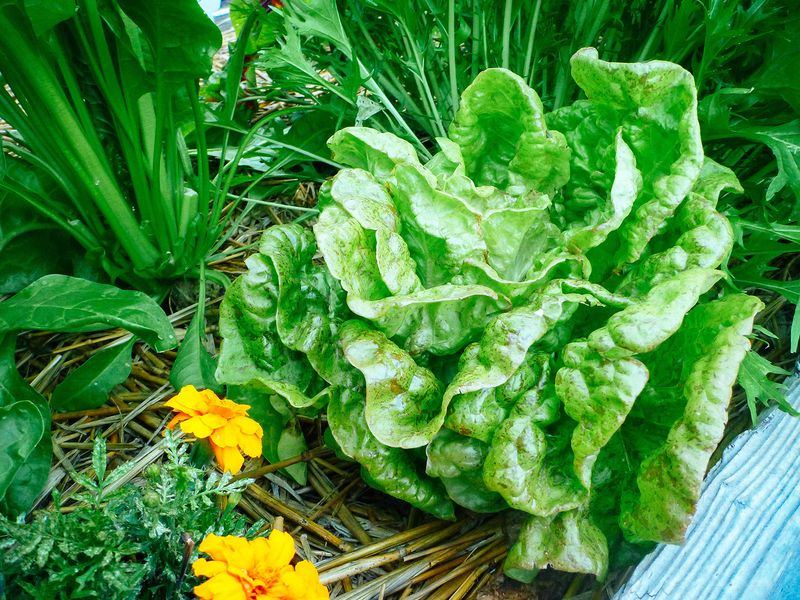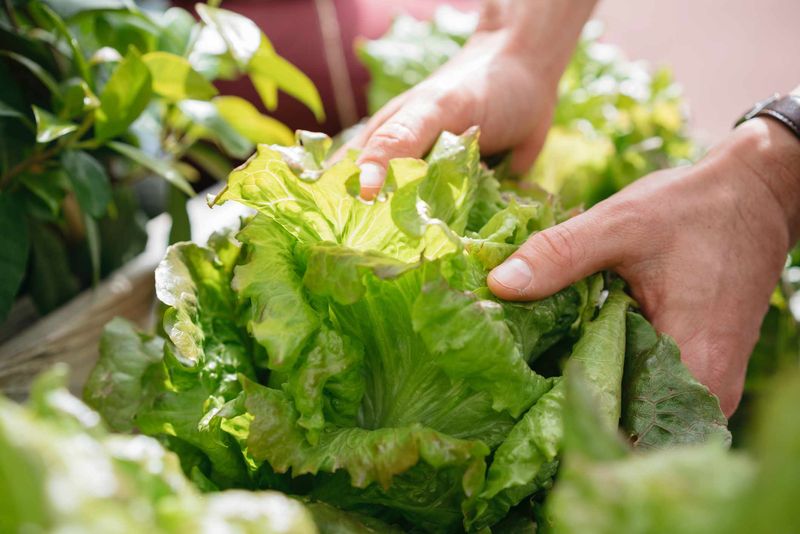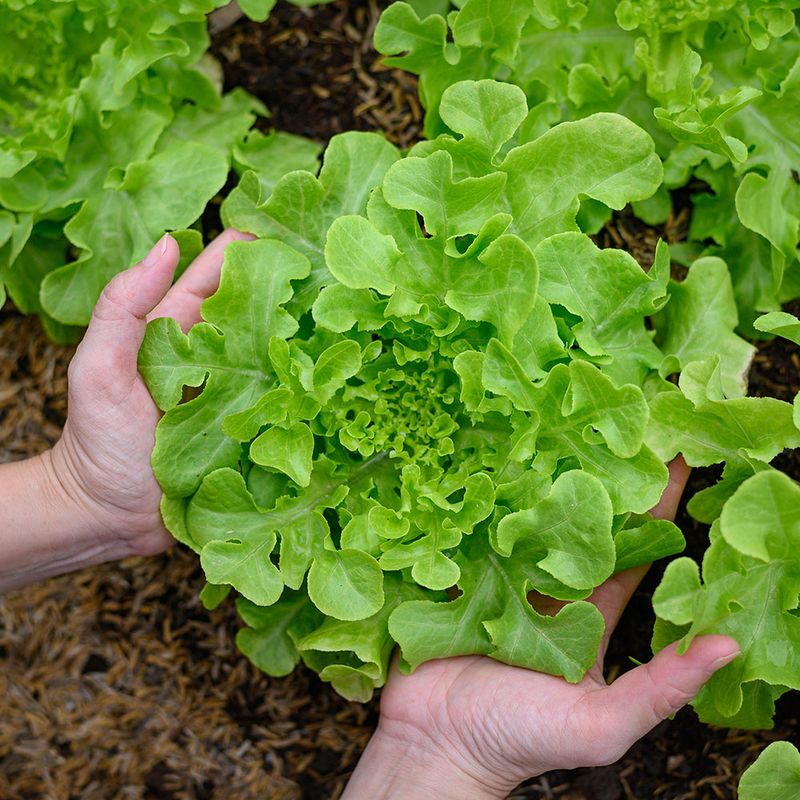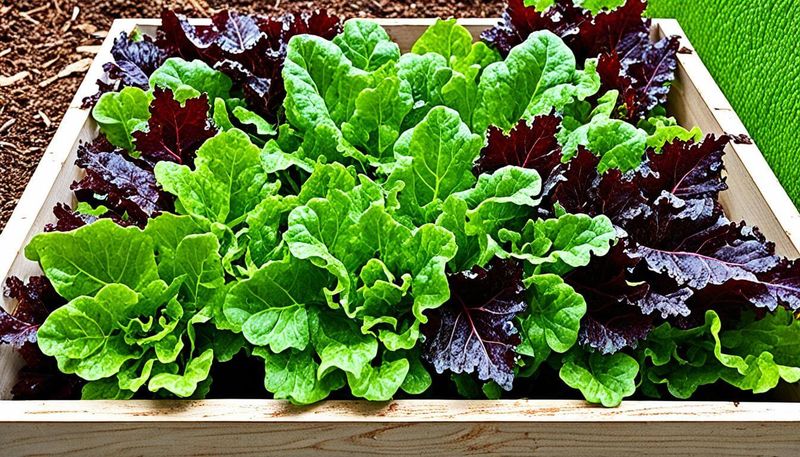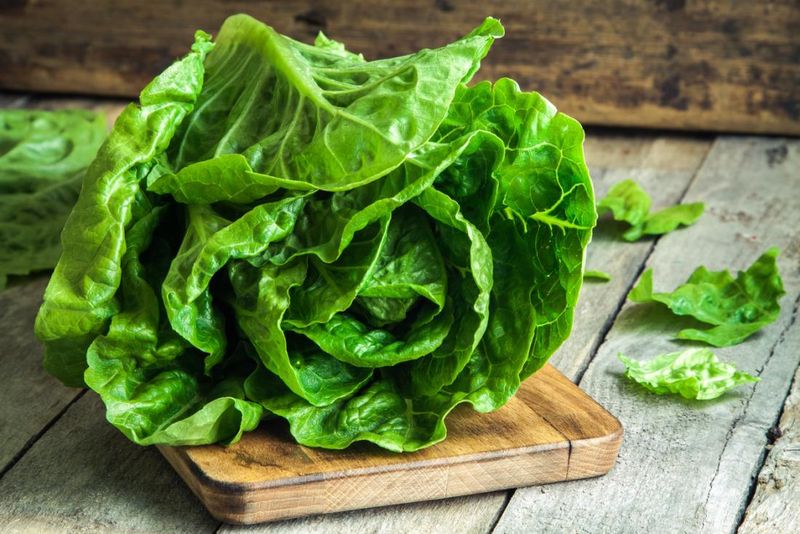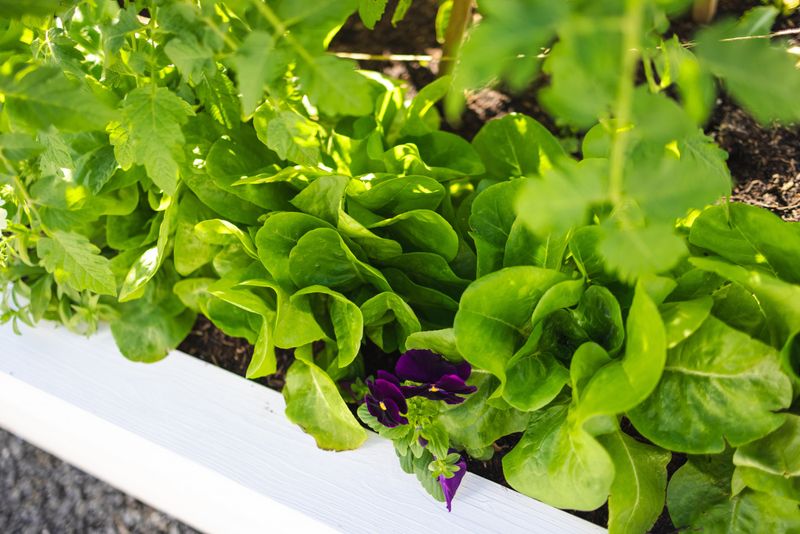Lettuce is more than just a crunchy addition to your salad bowl. This leafy green is a garden staple for many reasons, offering a delightful variety of textures and flavors.
Whether you’re a seasoned gardener or just beginning your journey into the world of horticulture, lettuce deserves a spot in your garden. Its ease of growth, nutritional benefits, and versatility in the kitchen make it an ideal plant to cultivate.
Read on to discover 14 compelling reasons why lettuce should be part of your gardening repertoire.
1. Nutrient Powerhouse
Lettuce offers a surprising abundance of nutrients packed into each leaf. It’s an excellent source of vitamins A, C, and K, helping to support immune function and bone health.
The crisp texture of lettuce not only adds a delightful crunch but also fills your plate with fiber, aiding digestion. Incorporating lettuce into your diet can contribute to overall wellness, making it a formidable green in your garden.
Its low calorie content allows you to indulge without guilt, while the variety of lettuce types keeps meals exciting and fresh. Truly, lettuce is a nutritional boon.
2. Easy to Grow
Starting your garden with lettuce is a beginner-friendly venture. This resilient plant thrives in a range of climates, making it suitable for many locations. Lettuce requires minimal maintenance, needing only adequate watering and occasional soil enrichment.
Its rapid growth cycle ensures a quick return on your gardening efforts. Planting lettuce seeds can be a rewarding experience, as you watch them sprout and mature swiftly.
This ease of cultivation makes lettuce a favorite among home gardeners, offering satisfaction without complexity. Embark on your gardening journey with lettuce as your companion.
3. Variety of Types
Lettuce comes in a delightful array of types, each bringing its own unique flavor and texture. From the buttery smoothness of Bibb to the robust crunch of Romaine, there’s a lettuce for every palate.
This diversity allows for endless culinary creativity, whether you’re crafting a classic Caesar or an innovative wrap. Growing multiple varieties enriches your garden’s aesthetic with different shades of green and red.
Each type thrives under similar conditions, making it easy to manage. With such variety, lettuce keeps your garden and your meals endlessly exciting.
4. Continuous Harvest
Lettuce offers the wonderful advantage of a continuous harvest throughout the growing season. By practicing cut-and-come-again harvesting, you can enjoy fresh leaves repeatedly.
This method not only maximizes your yield but also keeps the plants healthy. Regular harvesting encourages regrowth, ensuring a constant supply of lettuce. It’s a practical choice for those who prefer a steady, home-grown supply over store-bought greens.
This cycle of growth and harvest aligns perfectly with sustainable gardening practices. With lettuce, your garden remains productive, providing fresh produce all season long.
5. Space-Efficient Planting
Lettuce proves to be a space-efficient choice for urban and small-space gardeners. Its shallow root system allows it to thrive in confined spaces, including containers and vertical gardens.
This adaptability makes it ideal for city dwellers and those with limited garden space. Lettuce can be interplanted with other crops, maximizing the use of available space.
Its quick growth cycle further complements space-efficient gardening, allowing for multiple plantings within a single season. Whether on a balcony or a small backyard, lettuce fits seamlessly into compact gardening plans.
6. Cold-Resistant Crop
Lettuce’s cold resistance makes it an ideal choice for extending the growing season into cooler months. Many varieties can withstand light frosts, allowing gardeners to enjoy fresh greens beyond the typical growing period.
Planting lettuce in early spring or fall capitalizes on its tolerance to lower temperatures. This resilience ensures continuity in your garden’s production, reducing dependence on store-bought produce.
By choosing cold-hardy varieties, you can savor fresh, home-grown lettuce even as temperatures dip. Lettuce’s adaptability to cooler climates broadens your gardening possibilities significantly.
7. Pollinator-Friendly
Lettuce, when allowed to bolt and bloom, becomes a surprising ally to pollinators. Its small, delicate flowers attract bees and butterflies, fostering a biodiverse garden ecosystem.
This interaction enhances pollination for other plants, boosting garden health. While bolting may signal the end of a lettuce’s edible phase, it contributes to your garden’s ecological balance.
Encouraging natural pollinators can lead to increased yields and healthier plants overall. By letting some lettuce plants flower, you support the vital role of pollinators and enhance your garden’s thriving biodiversity.
8. Perfect Salad Base
Lettuce serves as the quintessential foundation for an array of salads, offering a crisp and refreshing bite. Its neutral flavor profile complements a myriad of toppings, from fruits to proteins, making it incredibly versatile.
The myriad of lettuce textures adds depth to salads, from the soft, buttery leaves of Bibb to the robust crunch of Romaine. Its nutritional profile enriches salads with vitamins and minerals, promoting a healthy diet.
By growing your own lettuce, you ensure the freshest base for your culinary creations, enhancing both taste and nutrition.
9. Pest-Resistant Varieties
Certain lettuce varieties exhibit natural resistance to common garden pests, making them an asset to any garden. By selecting these resilient strains, you can reduce the need for chemical pesticides and enjoy a more organic gardening experience.
Pest-resistant lettuce helps maintain garden health by minimizing damage and reducing crop loss. This characteristic is particularly beneficial for novice gardeners looking for success without extensive intervention.
Incorporating pest-resistant lettuce into your garden supports sustainable practices, aligning with eco-friendly gardening goals. Enjoy robust, healthy produce with less worry about pest infestations.
10. Hydration Boost
Lettuce offers a refreshing hydration boost, being composed of approximately 95% water. This high water content makes it an excellent choice for keeping hydrated, especially during hot weather.
Eating lettuce is an easy way to increase fluid intake without extra calories. Its crisp, watery texture is not only satisfying but also aids digestion and nutrient absorption.
By incorporating lettuce into your daily meals, you contribute to maintaining your body’s hydration balance. This simple, hydrating green is a practical addition to a health-conscious lifestyle, supporting wellness with each bite.
11. Quick Growing Cycle
Lettuce boasts a remarkably quick growing cycle, making it ideal for those eager to see results. From seed to harvest, many varieties mature in just 30 to 60 days.
This swift growth allows for multiple plantings within a single season, optimizing garden productivity. Lettuce’s rapid development is perfect for impatient gardeners and those with limited time. By choosing fast-growing lettuce, you can enjoy fresh greens sooner, enhancing meal preparation.
This quick turnaround also offers educational opportunities for teaching children about plant growth. Lettuce’s speedy cycle is a boon for bustling gardeners.
12. Aesthetic Garden Appeal
Lettuce brings aesthetic appeal to gardens with its diverse foliage colors and forms. From deep greens to vibrant reds, lettuce varieties can create a visually captivating garden landscape.
Its array of textures and hues adds depth and interest to garden design. Incorporating lettuce enhances not only the garden’s productivity but also its visual charm.
Whether used in traditional rows or creative patterns, lettuce enriches the garden’s overall appearance. This visual diversity makes lettuce a valuable component of ornamental and productive gardens alike, combining beauty with utility seamlessly.
13. Supports Gut Health
Incorporating lettuce into your diet supports gut health, thanks to its high fiber content. Fiber aids digestion by promoting regular bowel movements and supporting a healthy gut microbiome.
Lettuce’s gentle, natural fiber is easy on the digestive system, making it suitable for all ages. Regular consumption of fiber-rich foods like lettuce can prevent constipation and promote overall digestive wellness.
By growing your own lettuce, you ensure a fresh, pesticide-free source of this beneficial green. Supporting gut health naturally contributes to a holistic approach to wellness, with lettuce playing a key role.
14. Cost-Effective Crop
Growing lettuce is a cost-effective way to enjoy fresh produce without breaking the bank. Seeds or seedlings are inexpensive, and the plant’s low maintenance requirements reduce gardening costs.
Lettuce’s quick growth means less time and resources spent on care and more time enjoying the harvest. By cultivating lettuce at home, you bypass the increasing cost of store-bought greens.
This economic efficiency makes lettuce an attractive option for budget-conscious gardeners. Embrace the satisfaction and savings that come with growing your own lettuce, while savoring the taste of fresh, homegrown greens.
